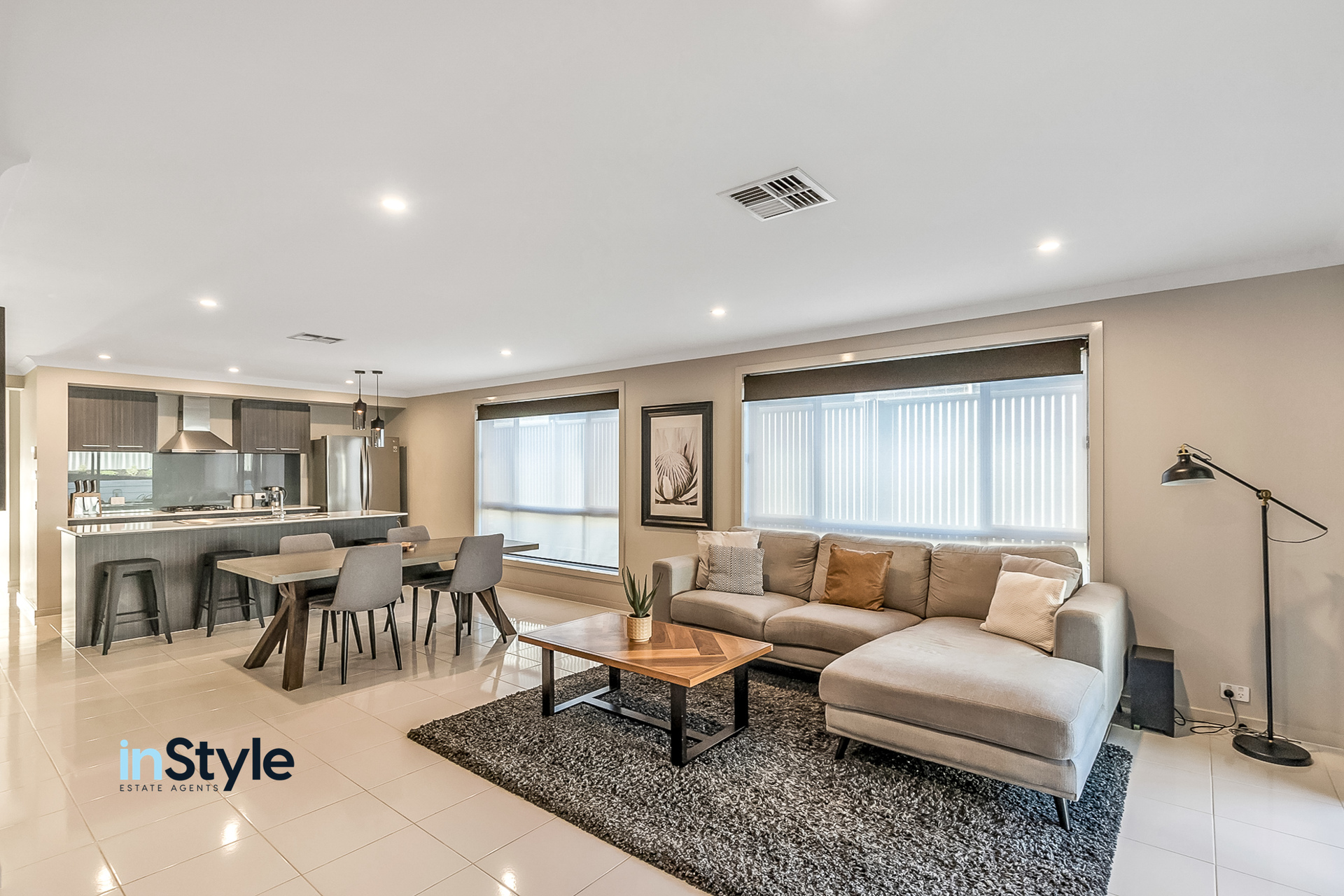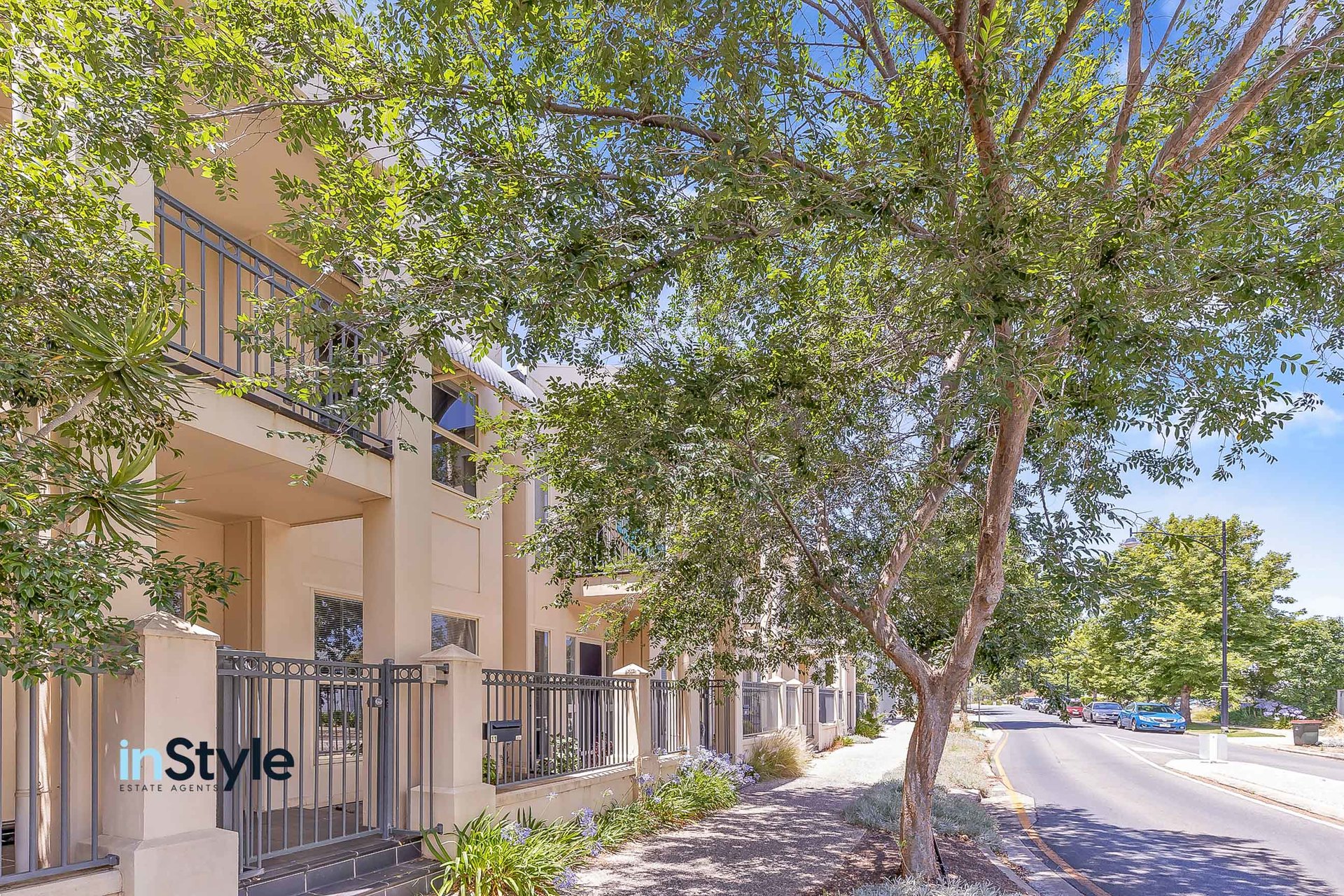Why successful landlords prioritise preventative maintenance
 For many landlords, maintenance for a rental property is the last thing you want to think about. You’ve made the investment, arranged a rental appraisal and secured a tenant – now is the time to start reaping the rewards, right?
For many landlords, maintenance for a rental property is the last thing you want to think about. You’ve made the investment, arranged a rental appraisal and secured a tenant – now is the time to start reaping the rewards, right?
Finally seeing a return on your property is, of course, a relief. But rental properties aren’t set-and-forget: they need ongoing attention to ensure you maximise return and minimise vacancy. Getting an experienced property management team on your side is a crucial first step, but you’ll still need to think about your approach to maintenance.
The problem with poorly maintained properties
“if it ain’t broke, don’t fix it” is the strategy used by some landlords who don’t want to face the costs of preventative maintenance. The property is still being rented and the basic health and safety requirements are being met, so they choose to wait until they discover a major issue during a periodic inspection or receive an urgent call from the tenant.
But this reactive approach risks not only an avoidable cost blowout from major repairs, but also numerous other flow-on problems commonly seen in poorly maintained properties. Tenants are less likely to renew, vacancy periods will increase and your rent may fall as a result of the property’s condition.
Preventative maintenance to slash long-term costs
To see the benefits of preventative maintenance as a landlord, one only needs to look at other properties on the market. Those that are well-maintained are able to minimise vacancy periods and free more time for renovations that boost the property’s value. Even in the same location, these properties can retain tenants and even charge higher rents, dramatically boosting the earning potential for the owner.
It’s also important to avoid the trap of relying on cosmetic work that papers over the cracks but fails to address the root of an issue. For most new rental properties, it’s often wise to dive into any preventative maintenance work while you can and front up the costs then and there – even if it involves stripping back to bare walls. Once the property is up to scratch, a steam clean and repainting might be all you need between tenancies with minimal vacancy periods for the foreseeable future.
Be ready to capitalise on vacancies
When you do face an inevitable vacancy period, get on the front foot with a pre-vacancy inspection so you can identify any maintenance or renovations that need to be done. This means you’ll be ready to hit the ground running when the tenant moves out, ensuring the work is done quickly and a new tenant can move in and start paying rent as soon as possible.



